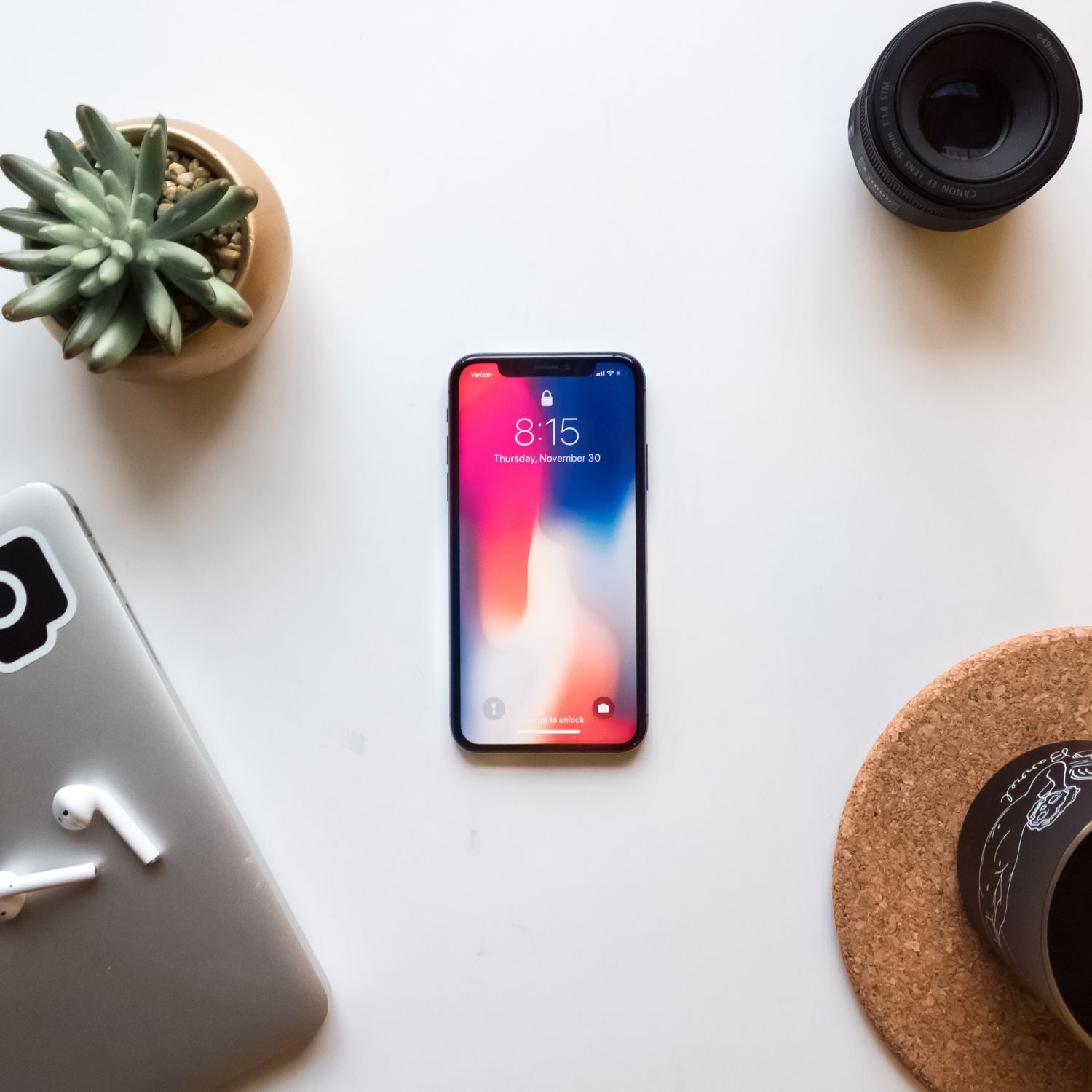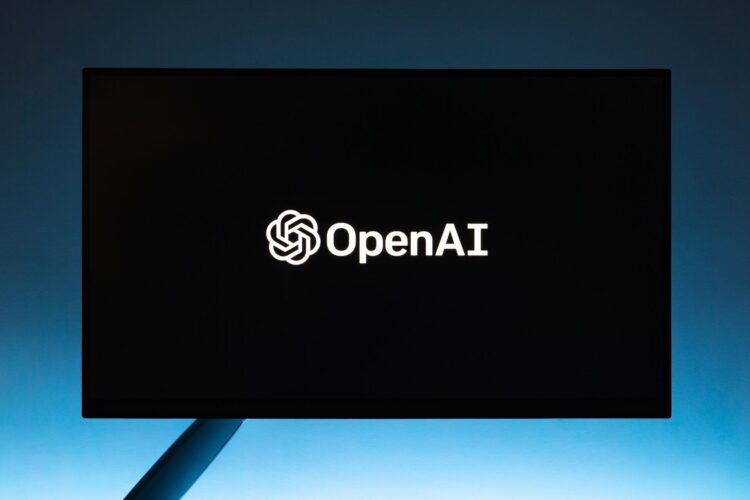Have you ever thought about how would the “iPhone of Artificial Intelligence” affect our daily lives, both good and bad way? You better start thinking about it because it looks like somewhere in the world, people are trying to manufacture it with big investments and a talented team.
In a digital future where artificial intelligence is increasingly becoming a part of our daily lives, Jony Ive, Apple’s former VP of Industrial Design, and the forward-thinking AI powerhouse, OpenAI, have set their eyes on a remarkable goal: creating the “iPhone of artificial intelligence.” This isn’t simply a wish; it’s a quest that might change how we interact with AI.
With a $1 billion investment from Softbank CEO Masayoshi Son, this startup is poised to change our digital world.

What is the iPhone of Artificial Intelligence?
The “iPhone of artificial intelligence” is a goal focusing on building an AI product or platform that equals the iPhone’s transformative impact on the smartphone market. The goal is to make AI extremely user-friendly, easily integrated into our daily routines, and a vital force in changing our relationships with technology.
This approach needs innovative design, a user-centric interface, a robust ecosystem, and the ability to change how we interact with AI, similar to how the iPhone changed mobile communication. It symbolizes the goal to establish artificial intelligence (AI) as a necessary, easily available, and revolutionary component of our digital life.
The monumental $1 billion investment from Masayoshi Son is a testament to the weightiness of this project. Although it’s currently in the planning stages, such substantial financial support underscores its gravity and potential. AI, as demonstrated by ChatGPT, has showcased its abilities on laptops and iPhones.
Nevertheless, these devices weren’t initially tailored for AI interactions. Ive and OpenAI envision a future where traditional screens take a backseat in our interaction with computers.
The core idea driving this partnership is to offer users a more natural and intuitive way to interact with artificial intelligence. Currently, we primarily engage with AI through laptops and smartphones, but these devices weren’t originally designed for AI. Ive’s new project seeks to embed AI into our hardware from the get-go seamlessly.
But what does this mean for the future of technology? According to insiders cited by the Financial Times, the ultimate goal is to create a way to interact with computers that doesn’t rely heavily on traditional screens. If that sounds perplexing, consider Humana’s screenless wearable AI device as a glimpse into what this innovative technology might look like.

Who is Jony Ive?
So, who is the person behind the “iPhone of Artificial Intelligence” project? According to Mashable, Jony Ive’s distinguished career began at Apple, where he spent over 30 years designing the physical shapes of famous gadgets. Ive’s impact on the tech industry is evident, from the exquisite iMac to the ground-breaking iPhone and iPad. He left Apple in 2019, embarking on a variety of new initiatives. Notably, he offered his design skills to Apple Watch watch faces, demonstrating his dedication to innovation even outside of the tech behemoth.
Nonetheless, Ive’s engagement with OpenAI on cutting-edge technology is a high point in his post-Apple career. The potential of his creative talent combined with OpenAI’s capabilities, suggests a future in which artificial intelligence integrates smoothly into our daily lives.
As this incredible collaboration develops, it foreshadows a future in which our interactions with AI extend beyond screens and gadgets, providing a more intuitive, natural, and immersive experience. While we wait for further information, it’s clear that OpenAI and Jony Ive are ready to transform how we engage with artificial intelligence, much like the iPhone did for mobile communication.
The trip to the “iPhone of artificial intelligence” has begun, and the world awaits updates on this transformational project that has the ability to reshape the future of technology.
Featured image credit: Andrew Neel/Unsplash





